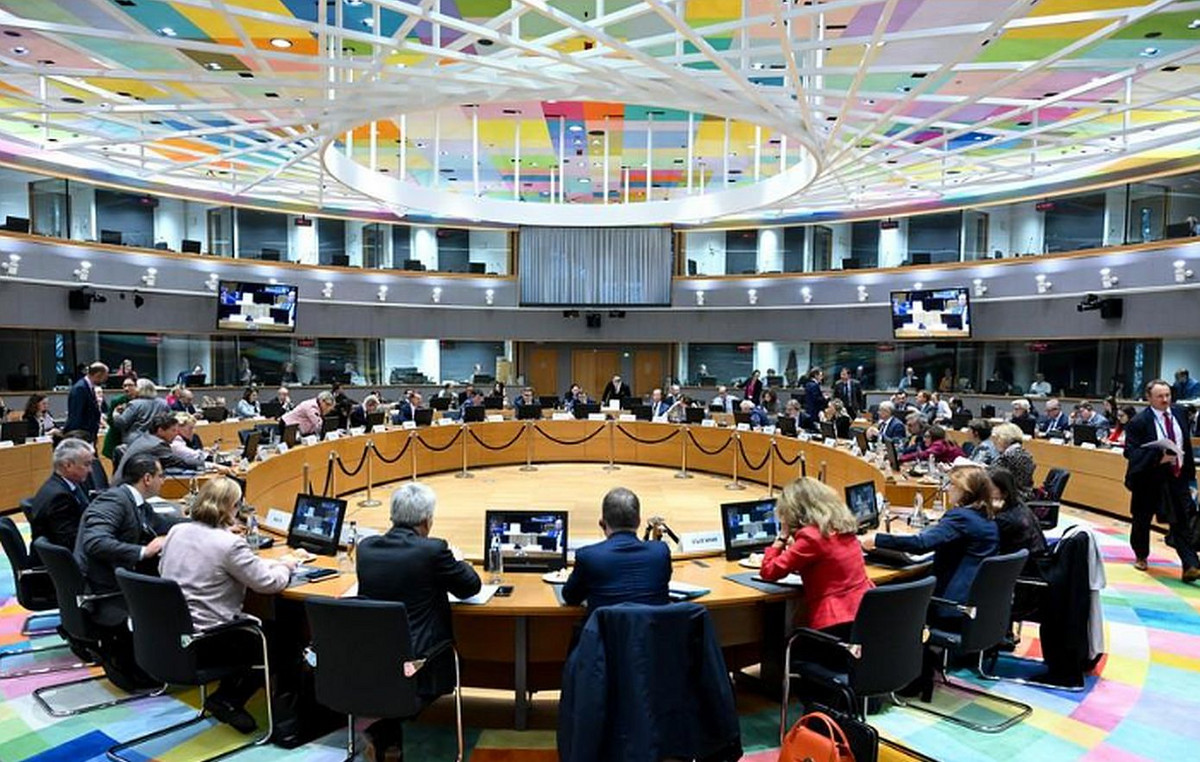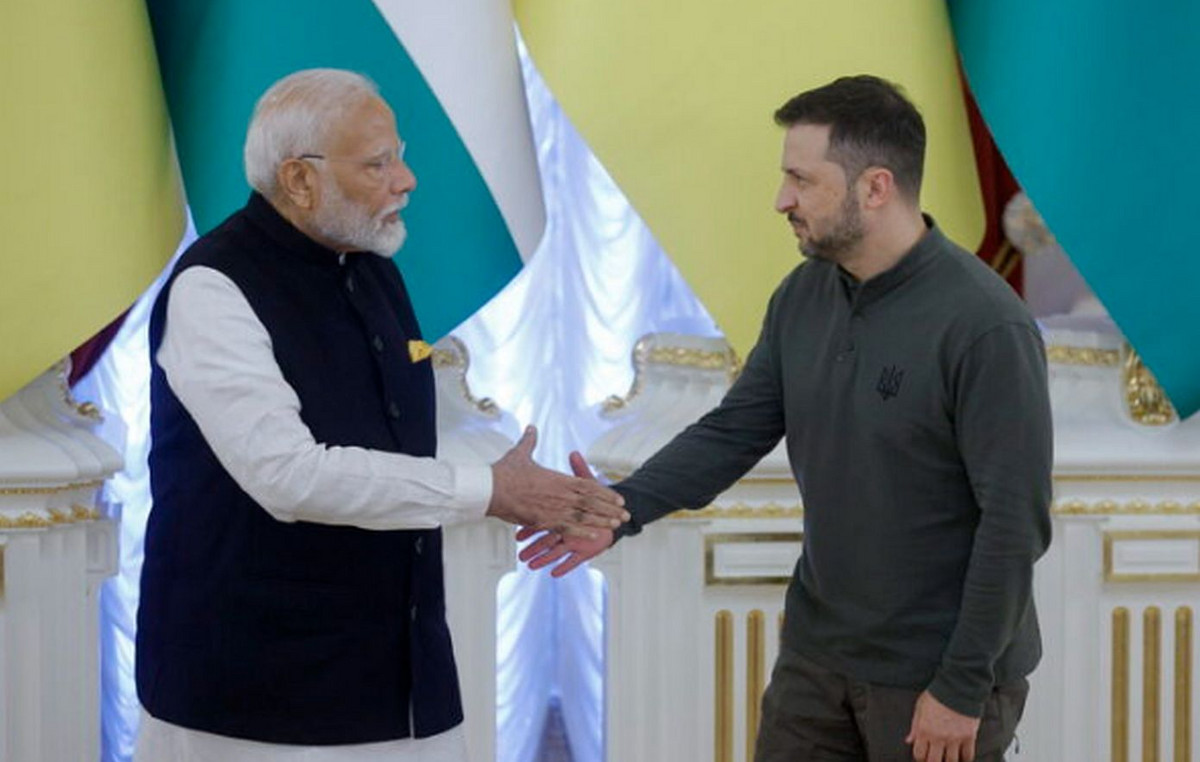- Indian rupee weakens in the early Asian session on Wednesday.
- Geopolitical risks and Trump’s tariff threats weigh on INR, but the persistent weakness of the USD could help limit its losses.
- The Fed rates decision will be the center of attention later on Wednesday.
Indian rupee (INR) loses ground on Wednesday after reaching a maximum of more than three weeks in the previous session. The growing geopolitical tensions in the Middle East weigh on the Indian currency. The next reciprocal tariffs of US President Donald Trump, who will enter into force on April 2, could also exert some sales pressure on the INR in the short term.
However, a weaker American dollar in general and an increase in sales of exporters in US dollar (USD) could provide some support to the local currency. In addition, the latest data of the current account of India, which showed a surplus in February, could contribute to the increase of the INR.
All eyes will be put in the decision of interest rates of the Federal Reserve (FED) on Wednesday, which is expected to keep interest rates without changes. Investors will closely follow the press conference and the Summary of Economic Projections (SEP), or ‘Point Graph’, since it could offer some clues about the prospects of the economy and possibly the future path of interest rates.
Indian rupee weakens before the Fed Rate Decision
- The inflation of the wholesale prices index (WPI) of India increased to 2.38% in February from 2.31% in January, the Ministry of Commerce and Industry reported Monday. This figure was higher than the estimation of 2.36%.
- A White House official said Tuesday night that reciprocal tariffs are still expected to enter into force as of April 2.
- The US industrial production increased 0.7% intermensual in February, compared to the previous 0.3% (reviewed from 0.5%), according to the Federal Reserve on Tuesday. This reading was better than the market expectation of a 0.2%growth.
- Construction permits in the US fell 1.2% at a seasonally adjusted annualized rate of 1,456 million in February, slightly above the market expectations of 1,450 million. It was the biggest drop in five months.
- The beginnings of housing construction in the US jumped 11.2% at an annual rate of 1,501 million in February after falling 11.5% at a revised rate of 1,350 million in January.
- The probabilities of a rate cut at the May meeting have increased to 25% from 18% a month ago, according to the Fedwatch tool of the CME.
USD/INR remains constructive in the long term
Indian rupee weakens in the day. In the long term, the USD/INR torque maintains an upward feeling in the daily chart, with the price keeping above the average exponential (EMA) mobile key of 100 days. However, in the short term, the torque has left a symmetrical triangle, while the 14 -day relative force (RSI) index is below the midline about 42.60, which suggests that a greater fall can not be ruled out.
The key resistance level for the USD/INR is observed near the psychological level of 87.00. A trade consistent above this level could pave the road to 87.38, the maximum of March 11, en route to 87.53, the maximum of February 28.
On the other hand, the initial support level is 86.48, the minimum of March 18. A rupture of that level could open the door to a movement around 86.14, the minimum of January 27, followed by 85.60, the minimum of January 6.
India Faqs Rupia
Indian rupee (INR) is one of the most sensitive currencies to external factors. The price of crude oil (the country depends largely on imported oil), the value of the US dollar (most of the trade is carried out in US dollars) and the level of foreign investment are all influential factors. The direct intervention of the Bank of the Reserve of India (RBI) in the currency markets to keep the exchange rate stable, as well as the level of the interest rates set by the RBI, are other important factors that influence the rupee.
The Bank of the Reserve of India (RBI) actively intervenes in the currency markets to maintain a stable exchange rate and help facilitate trade. In addition, the RBI tries to maintain the inflation rate in its 4% target adjusting interest rates. Higher interest rates often strengthen rupee. This is due to the role of the “Carry Trade”, in which investors borrow in countries with lower interest rates to place their money in countries that offer relatively higher interest rates and benefit from difference.
Macroeconomic factors that influence the value of rupee include inflation, interest rates, economic growth rate (GDP), trade balance and foreign investment tickets. A higher growth rate can lead to greater investment abroad, increasing the demand for rupee. A less negative trade balance will eventually lead to a stronger rupee. The highest interest rates, especially real types (less inflation interest rates) are also positive for rupee. A risk environment can generate higher direct and indirect foreign investment entries (FI and FII), which also benefit the rupee.
Higher inflation, particularly if it is comparatively higher than other countries, is generally negative for the currency, since it reflects a devaluation through excess supply. Inflation also increases the cost of exports, which leads to more rupees to buy foreign imports, which is negative for Indian rupee. At the same time, higher inflation usually leads to the Bank of the Reserve of India (RBI) to raise interest rates and this can be positive for rupee, due to the increase in demand for international investors. The opposite effect applies to lower inflation.
Source: Fx Street
I am Joshua Winder, a senior-level journalist and editor at World Stock Market. I specialize in covering news related to the stock market and economic trends. With more than 8 years of experience in this field, I have become an expert in financial reporting.







